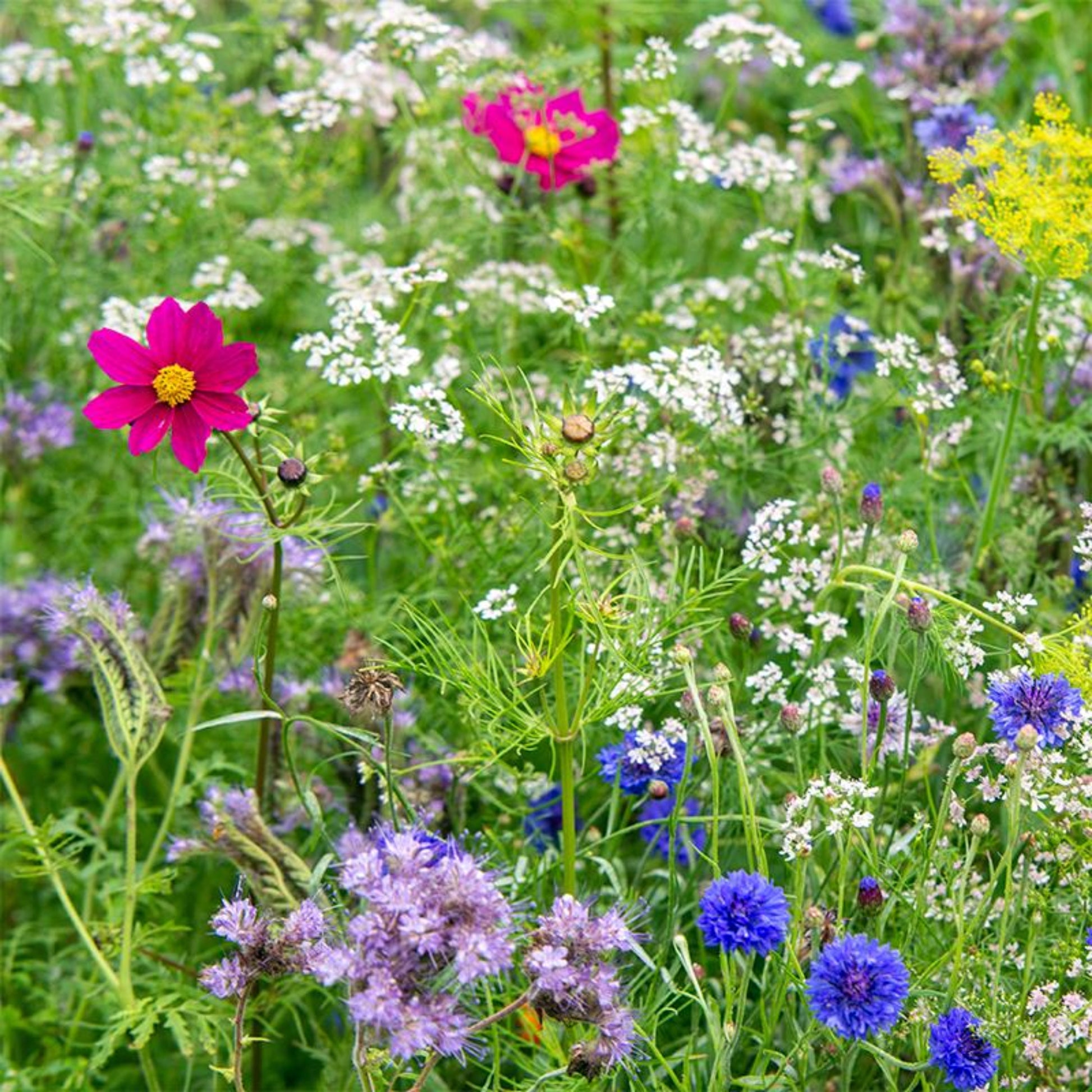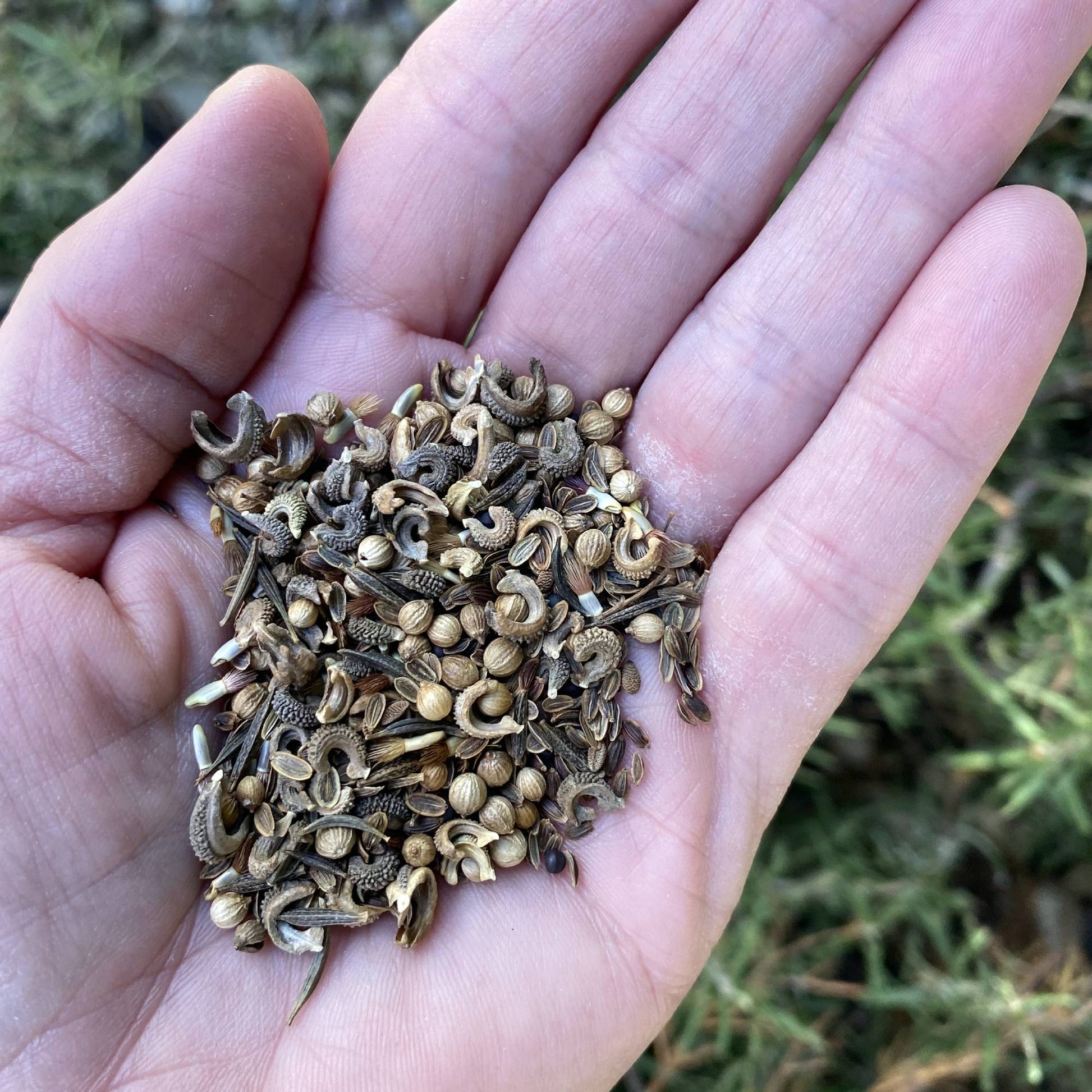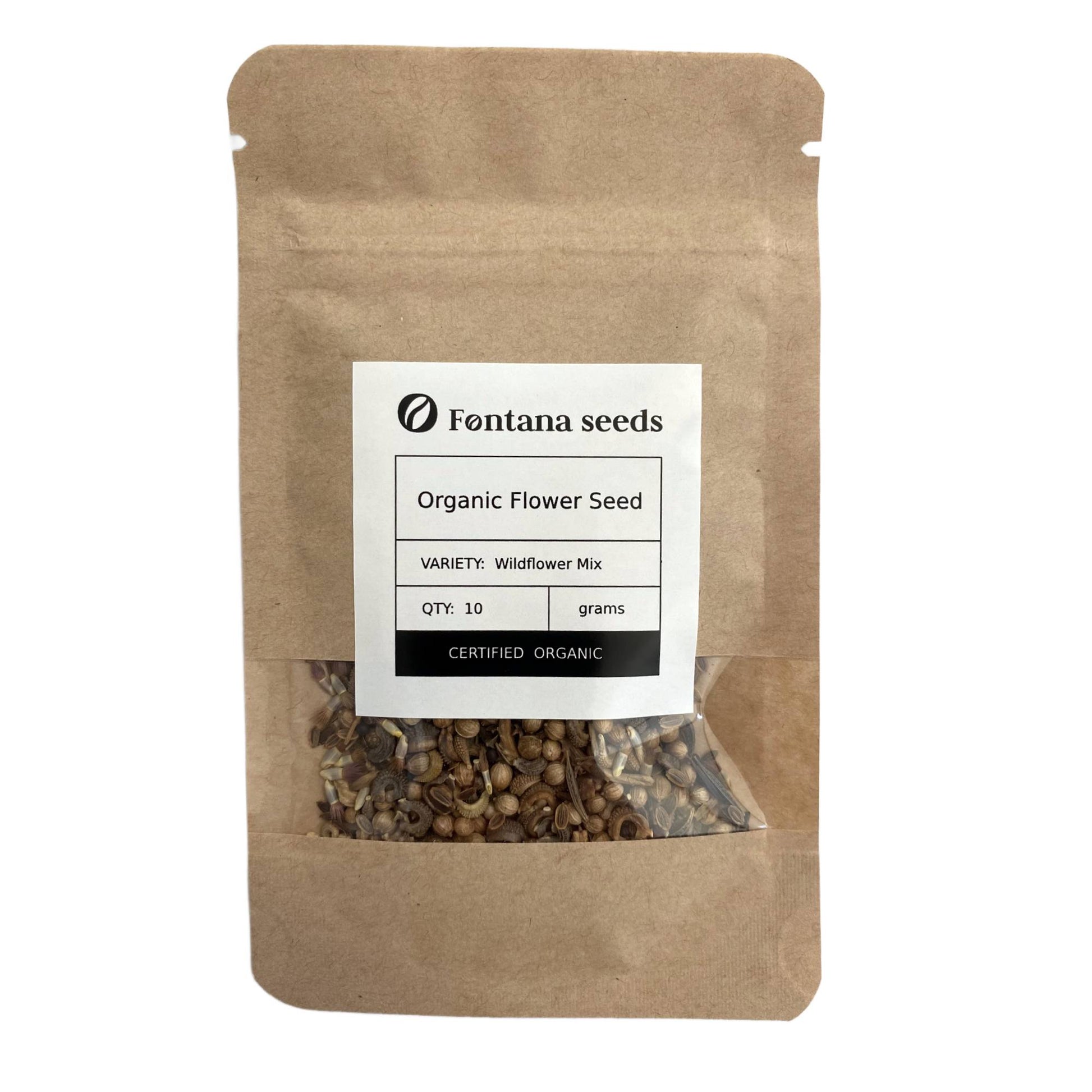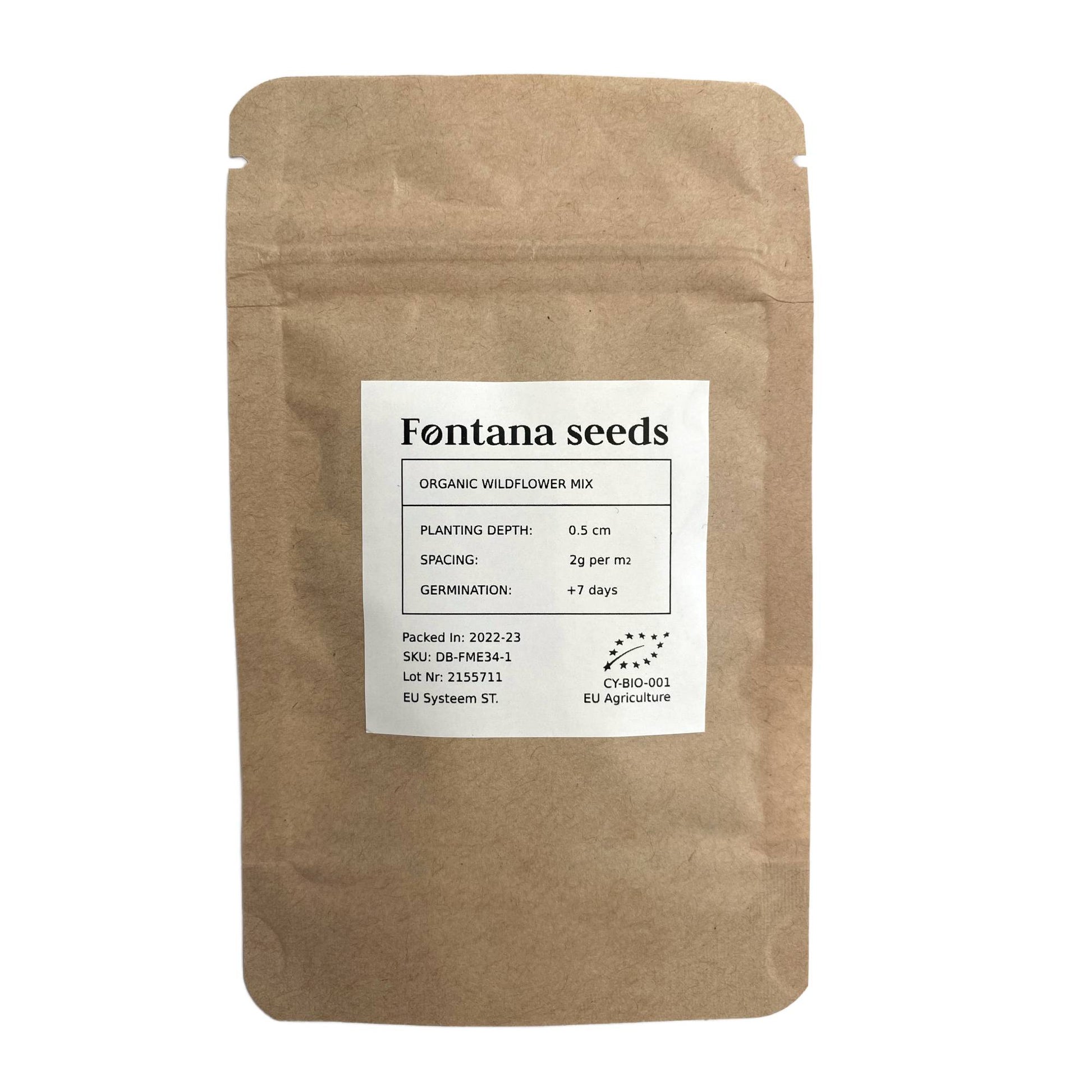



Organic Flowers: Wildflower Mixture
- Flowering May through October!
- Unique colour mixture and extremely balanced
- Stunning mixture of colourful summer flowers
- 10g per pack
-
Shipping Cost ONLY €3.75 for all EU Countries!
Organically grown Wildflower Mixture is a tried and tested mix for providing delightful color and attracting beneficial and pollinating insects. It is suitable for gardens or fields, borders or beds.
A delightful blend of white, pink, purple, blue and orange. The mix contains early bloomers such as phacelia and cowherb are followed by coriander, marigold, dill and cornflower. Cosmos provides a long-lasting flush of flowers until well into the autumn. The mixture grows to about 1 metre in height, with the Cosmos protruding whimsically above the rest in the autumn.
Order organic wildflower seeds Fontana Seeds. We ship our seeds anywhere in Europe.

We keep it simple: shipping is a flat-rate €3.75 to any address in the European Union. Orders are packed on the sunny island of Cyprus and handed to the carrier within 1–3 working days. We ship by regular mail with delivery confirmation. As soon as your parcel leaves us, you’ll receive an email with a tracking link so you can follow it in real time. Typical delivery time is 5–15 business days, depending on destination and your local mail service. We currently ship within the EU only.
What Our Gardeners Are Saying
Real reviews from people who planted, grew, and loved it.
"Delighted. Sowed 15 hollyhock seeds to stagger planting, got 15 plants, now to Keep alive over winter in small greenhouse. Did autumn sowing of wildflowers in pots, have 4 pots of seeds germinated."
“Excellent company, 1st class seeds and 100% germination. Fast delivery. Have ordered twice and will continue to use Fontana Seeds.”
“Super selection and quickly delivered to Malta with full instructions how to prepare and take care of each item. Highly recommend 🌹”
“Ordered some seeds which arrived promptly and beautifully packaged. Very pleased.”
“Quick service. Very good quality seeds with excellent results after planting!”
"THE PRODUCT WAS WELL PACKAGED, ARRIVED IN A TIMELY MANNER AND I WAS FULLY INFORMED OF THE PROGRESS OF THE ORDER AND IT`S DELIVERY PROCESS."
"We've had some lovely flowers from the seeds. Great company."
"Seeds were delivered promptly & every one I used grew beautifully"
"Quick Delivery, good quality - that pretty much sums it up ;)"







